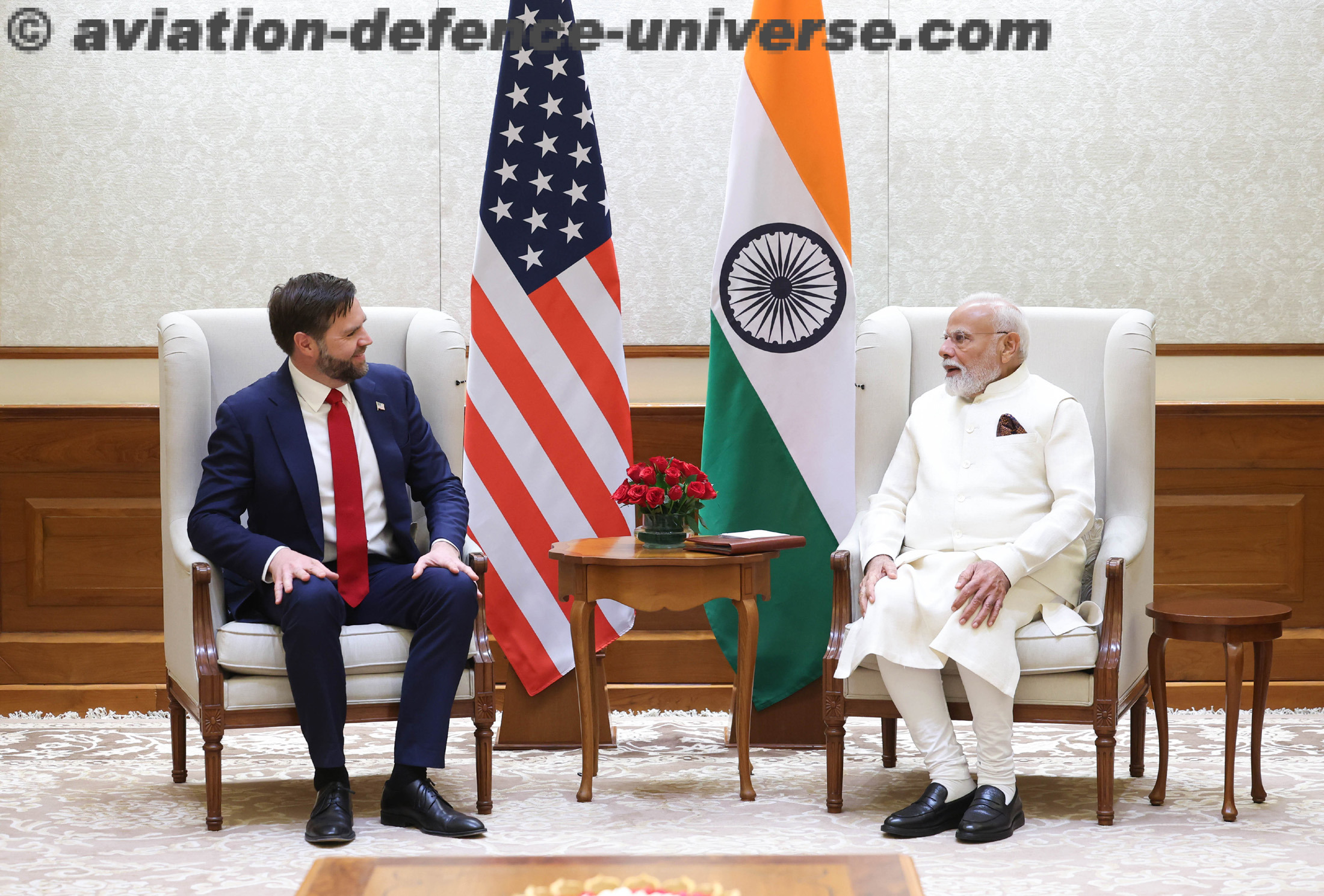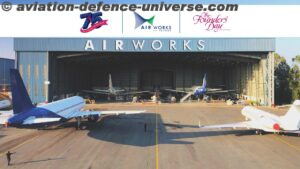
Courtesy : Lockheed Martin
Jim Taiclet remembers well his first impressions of Lockheed Martin. As a young U.S. Air Force pilot, he flew the C-141B Starlifter, logging more than 5,000 flying hours in the aircraft. He recalls being impressed with the versatility of the workhorse transport jet. “The airplane could fly tactical low-level, high-stress maneuvers, high speed and low altitude,” he says.
Taiclet says the resiliency and reliability of the aircraft is “emblematic” of Lockheed Martin. “Going everywhere from Katmandu to the desert in Egypt and all kinds of very tough conditions, we flew those airplanes nonstop,” he says. “I was one of those frontline pilots who was out there relying on this piece of equipment in a wartime situation, and we felt great about it. We were able to apply tactical maneuvers and low-level flying principles to it like it was a fighter plane, and it handled it.”
Decades later, with extensive industry experience in aerospace, defense and telecommunications, Taiclet is now president and CEO of Lockheed Martin. He joined the corporation in June after more than two years serving on its board of directors, and after nearly 17 years as chief executive at American Tower Corporation, a global telecommunications company. For his tenure at American Tower, he is widely regarded as one of America’s most successful CEOs.
In both the military and in business, he’s familiar with leadership in times of uncertainty. Taiclet arrived at American Tower on September 10, 2001. The next day, planes struck the World Trade Center in New York, and the company lost 13 employees in the attack. A recession hit the telecommunications industry. The company was nearly delisted from the stock exchange. The experience taught him lessons in leadership in times of uncertainty and change.
Under Taiclet’s leadership, the company turned around, increasing its market capitalization from $2 billion to $100 billion. It became a global player with assets in 19 countries. Taiclet credits strong teamwork, clear vision and a dedication to strategy, along with a few priority focus areas he has carried over to Lockheed Martin.
“Priority one is to maintain the highest integrity standards and workplace safety standards and continue to be an example for the industry,” he says. “The second is to maintain and drive even further the operational excellence that’s already here. And third, we want to cultivate the innovation that is in the company and further incorporate all the new 21st century set of technological changes around us.”
Lockheed Martin’s leadership transition comes at a time when the fundamentals of business are very strong. The corporation has a record $144 billion in the business pipeline and strong relationships with customers.
“I think that Lockheed Martin is uniquely positioned to help lead and team up with our customers to meet 21st century challenges,” Taiclet says. “We can take advantage of the rapid pace of technological change in areas such as artificial intelligence, 5G telecommunications and quantum and distributed computing. I don’t see any other company in the defense industrial base being able to pursue this with the depth and breadth that Lockheed Martin can.
“It’s about doing something important for the frontline men and women that have to defend us. They deserve the best equipment, the highest technology, something better than our adversaries are going to have,” he says. “I joined Lockheed Martin because I am committed to doing that.”
































































































































